
The significance of ensuring the availability of clean and uncontaminated water extends to various critical aspects which are obvious to people and governments. The recently passed United States government Bipartisan Infrastructure Law, has allocated a substantial amount of funding, totaling more than $50 billion, to enhance and upgrade water infrastructure throughout the United States. These investments will be spread out between the years 2022 and 2026 (EPA, 2023).
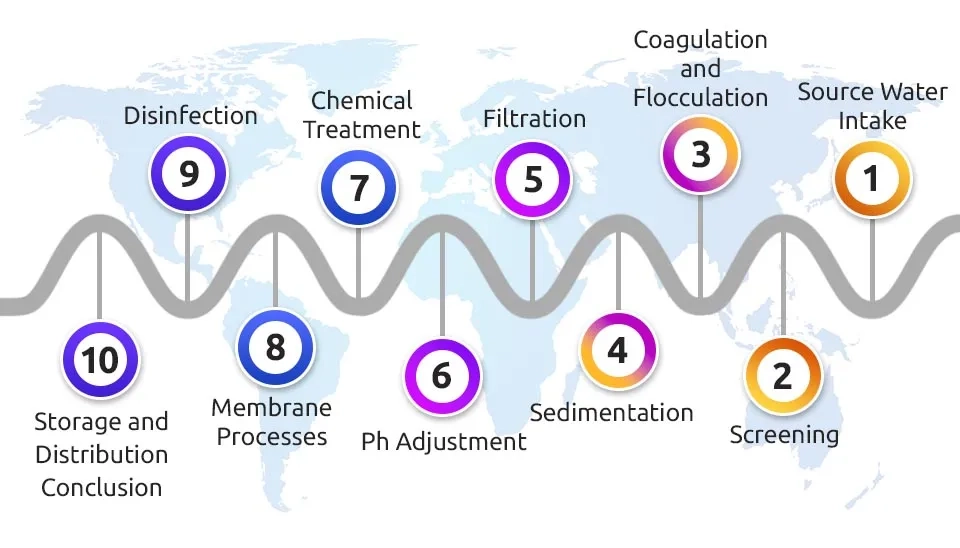
Water treatment stands as an imperative necessity, crucial for safeguarding public health and mitigating environmental degradation globally. With approximately 2.2 billion people confronting the scarcity of clean drinking water as of September 2021 (Salehi., 2022), the escalating crisis underscores the urgency of effective water treatment strategies. Factors like population growth, climate change, and pollution exacerbate the situation. Untreated water becomes a breeding ground for pathogens and harmful contaminants, triggering waterborne diseases like cholera, dysentery, and typhoid, disproportionately affecting vulnerable populations and causing millions of illnesses and deaths annually. Embracing state-of-the-art technologies like reverse osmosis and ultraviolet disinfection enhances contaminant removal, elevating treated water quality. Access to clean water, facilitated by improved water facilities, yields profound social and economic advantages. Studies show communities with better water facilities experience heightened productivity and reduced healthcare costs, potentially alleviating poverty and fostering sustainable development. Thus, investing in water treatment infrastructure becomes paramount for a prosperous and harmonious global future.

As mentioned earlier a water treatment system is a comprehensive set of processes, equipment, and technologies designed to improve the quality of water by removing impurities, contaminants, and undesirable substances. It encompasses several distinct levels, each serving a specific purpose in the overall treatment process. Let's explore each level in more detail:
Stage 1: Source Water Intake
The source water intake phase, being the initial step of a water treatment system, encompasses the extraction of water from natural reservoirs such as rivers, lakes, rainfall or wells. This critical juncture entails amassing untreated water that shall subsequently be subjected to rigorous treatment methodologies to bolster its quality. Employing intake structures or pumping mechanisms enables the channeling of water from the source to the treatment facility. Prudent selection of the intake locale, entailing careful considerations of water availability, flow rates, water quality parameters, and plausible contamination sources, engenders a steadfast platform upon which ensuing treatment processes are founded (Lu et al., 2013).
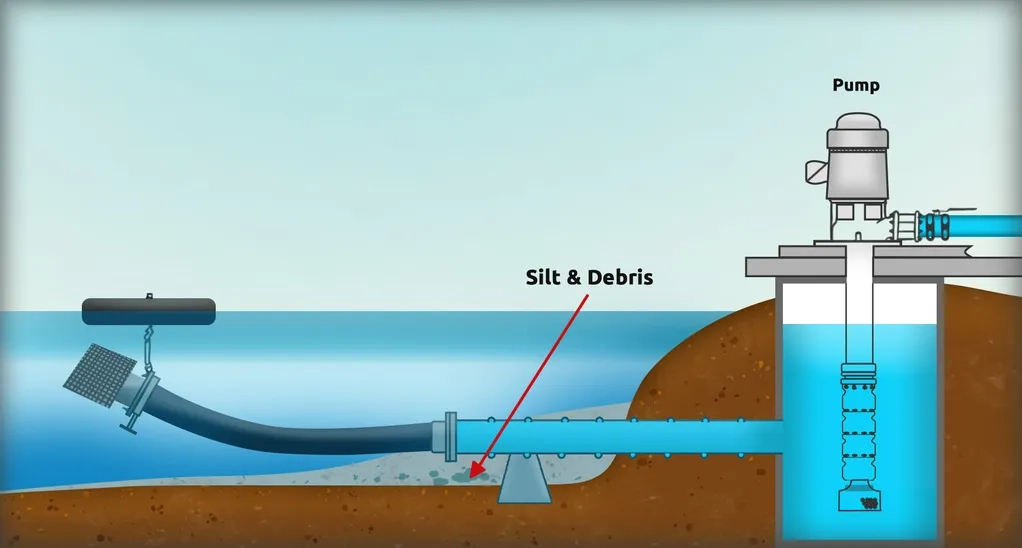
Stage 2: Screening
Screening, an essential constituent within water treatment systems, encompasses the meticulous removal of larger particulate matter and organic substances inherent in the raw water stream. This critical stage relies upon the strategic deployment of screening mechanisms, encompassing screens such as bar or fine mesh screens, to impede and prevent the passage of undesired debris and materials downstream. By proficiently intercepting these coarse impurities, the screening phase yields heightened operational efficiency and the amelioration of potential clogging or fouling risks. Moreover, it safeguards subsequent equipment and processes from plausible damages or disruptions (wang et al,2022).
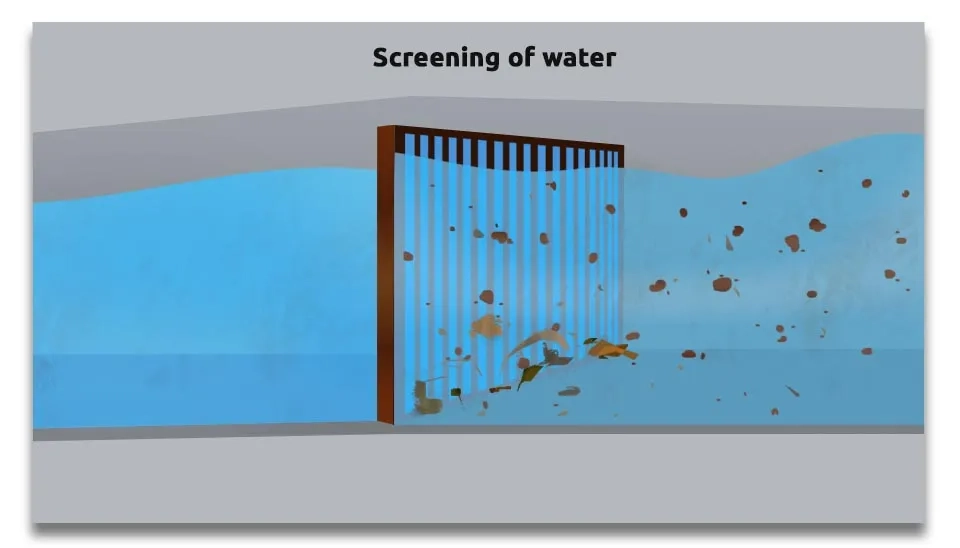
Stage 3: Coagulation and flocculation
Coagulation and flocculation are key processes in water treatment systems, aiming to facilitate the aggregation of suspended particles and colloidal matter within the aqueous solution. This critical phase involves the controlled addition of chemicals, such as aluminum sulfate or ferric chloride, to induce the destabilization and clustering of these contaminants. Gentle mixing or stirring is then employed to foster the formation of larger aggregates called flocs. These flocs enhance the removal efficiency during subsequent treatment steps. By promoting the amalgamation and settling of these particles, coagulation, and flocculation contribute significantly to the overall clarification and water purification, aiding in the removal of organic and inorganic impurities (El-Taweel et al., 2023).
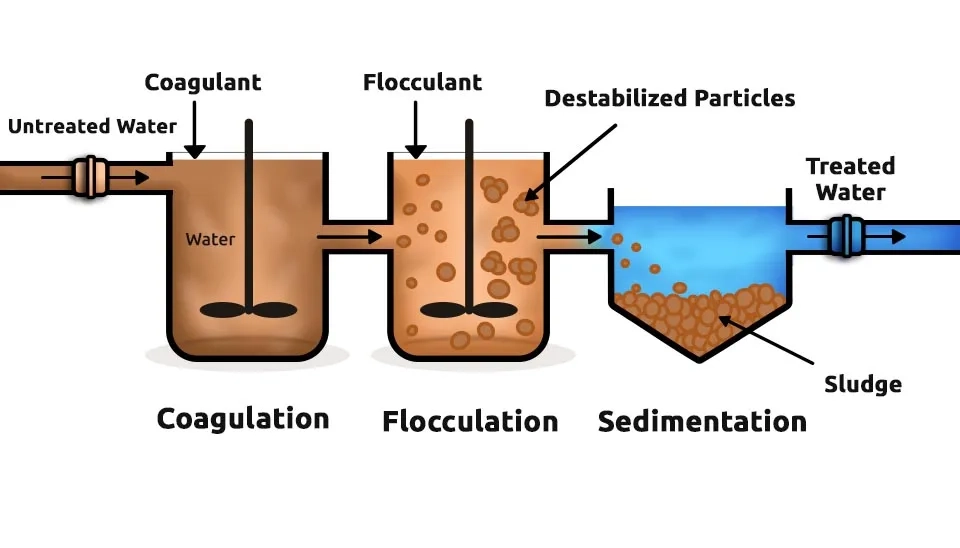
Stage 4: Sedimentation
Sedimentation, a pivotal component within water treatment systems, entails the gravitational settlement of suspended particles and flocs present in the aqueous matrix. This paramount phase encompasses the controlled redirection of the water flow into designated sedimentation basins or clarifiers, where the floc particles gradually settle under the influence of gravity, leading to the formation of a sludge layer at the bottom. Simultaneously, the supernatant, comprising the clarified water, is judiciously collected for subsequent treatment stages. Sedimentation plays an instrumental role in effectuating the separation and removal of larger aggregates and suspended matter, enhancing the overall clarity and quality of the treated water (Kaushik et al., 2022).

Stage 5: Filtration
Filtration, a crucial process in Water purification, encompasses the passage of water through porous media to effectuate the removal of fine suspended particles, sediments, and impurities. This pivotal stage relies on various filtration media, including sand, anthracite coal, activated carbon, and multimedia filters, which serve as the conduits for water purification. Water Filtration can be achieved through rapid gravity filtration or by utilizing pressure filters, facilitating the separation of contaminants based on size, density, and surface interactions. By proficiently trapping and retaining undesirable particles, filtration enhances the overall clarity and quality of the treated water, ensuring its compliance with stringent regulatory standards (Cescon and Jiang., 2020).

Stage 6: pH Adjustment
PH adjustment, an essential process in water treatment systems, entails the careful manipulation of water acidity or alkalinity to achieve the desired pH range. This pivotal stage necessitates the addition of specific chemicals, such as lime (calcium hydroxide) or sulfuric acid, which act to either elevate or lower the pH levels accordingly. By skillfully modifying the pH, it becomes possible to mitigate water corrosiveness and ensure the stability of subsequent treatment methodologies. Moreover, pH adjustment plays a critical role in optimizing the efficacy of other chemical treatments, encompassing coagulation and disinfection. Thorough consideration of initial pH levels, target ranges, and appropriate dosage protocols remains paramount in attaining the desired water quality standards (Sun et al., 2018).
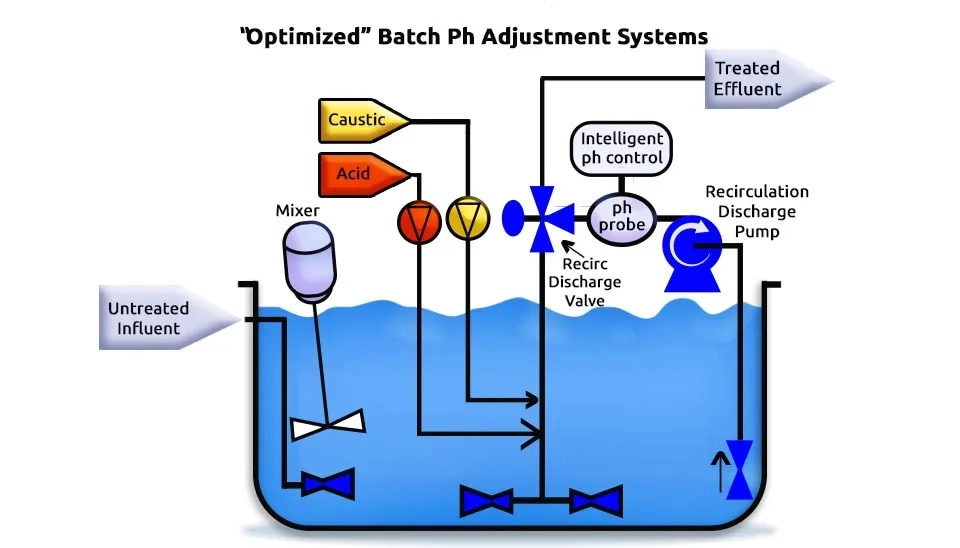
Stage 7: Chemical Treatment
Chemical treatment is an essential phase in advanced water treatment systems, aimed at addressing a wide range of water quality challenges through the precise application of chemical agents. This process typically involves several key mechanisms. One prominent method is the use of activated carbon, which efficiently absorbs organic compounds, thereby improving the taste and odor of the water by eliminating undesirable contaminants such as volatile organic compounds (VOCs) and chlorinated byproducts (Pui et al., 2018). Ion exchange resins are also crucial, particularly for softening water by removing hardness-causing minerals like calcium and magnesium ions, as well as for reducing nitrate and heavy metal concentrations (Lyu and Guo, 2019). Collectively, these chemical treatments not only enhance water quality but also ensure compliance with rigorous regulatory standards, thereby protecting public health and ensuring the safe distribution of potable water (nzeribe et al., 2019).
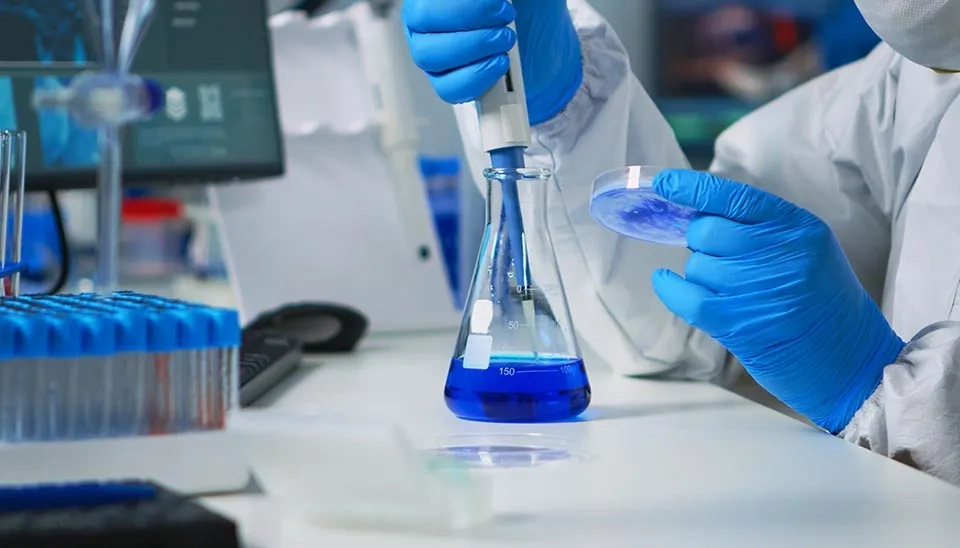
Stage 8: Membrane Processes
Membrane processes, an indispensable component within water treatment systems, encompass state-of-the-art methodologies that leverage semi-permeable membranes to achieve the separation of dissolved salts, ions, and other contaminants from the water matrix. These cutting-edge techniques, exemplified by Reverse Osmosis (RO) and NanoFiltration (NF), effectively purify water by selectively enabling the permeation of water molecules whilst obstructing the passage of undesired constituents. The membranes employed in these processes possess intricate microporous or nanoporous structures, affording unparalleled efficacy in the molecular-scale removal of impurities. By harnessing the principles of pressure differentials and molecular sieving, membrane processes engender the production of exceedingly pure water, devoid of deleterious substances. This groundbreaking approach profoundly contributes to the fulfillment of stringent water quality benchmarks, serving diverse applications across industrial, commercial, and residential contexts (Charcosset. 2022).
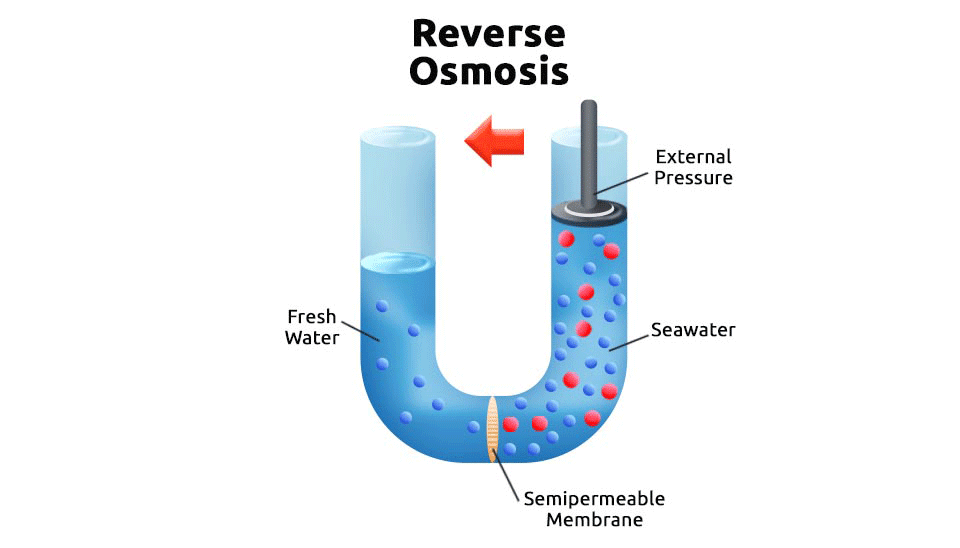
Stage 9: Disinfection
Disinfection, an integral step in water treatment systems, encompasses the application of various techniques to neutralize or eradicate harmful microorganisms, including bacteria, viruses, and parasites, present in the water. This critical phase relies on the utilization of disinfectants such as chlorine, UltraViolet (UV) light, or ozone gas. Disinfection ensures the inactivation or destruction of pathogenic organisms, minimizing the risk of waterborne diseases. Each method possesses unique advantages and considerations regarding efficacy, residual disinfectant levels, and the formation of disinfection byproducts. By proficiently targeting and eliminating these microbial contaminants, disinfection safeguards the treated water, rendering it safe for consumption and various applications (DeMarini et al., 2020).
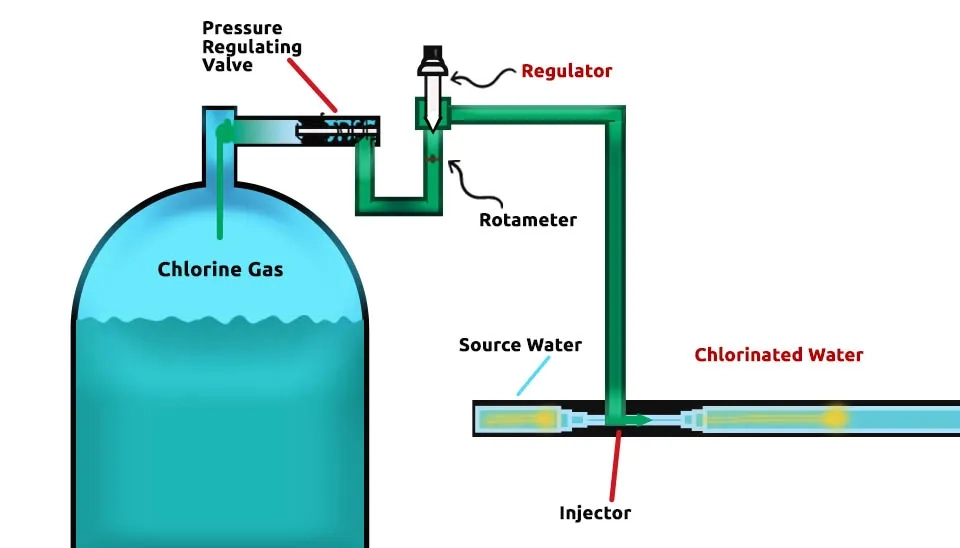
Stage 10: Storage and Distribution
Storage and distribution, integral components of water treatment systems, involve the management and conveyance of treated water to end users. The storage phase encompasses the containment of water in reservoirs or tanks, ensuring a reliable supply of treated water during peak demand periods. This strategic storage facilitates the regulation of water pressure and assists in balancing the fluctuating demands of consumers. Distribution, on the other hand, entails the intricate network of pipes and infrastructure responsible for delivering treated water to various points of use, encompassing households, commercial establishments, and industrial facilities. This complex system incorporates valves, pumps, and meters to regulate and monitor the flow and distribution of water. The storage and distribution processes play a critical role in ensuring the timely, efficient, and equitable delivery of high-quality water to end-users, thereby meeting their diverse needs (Slavik et al., 2020).
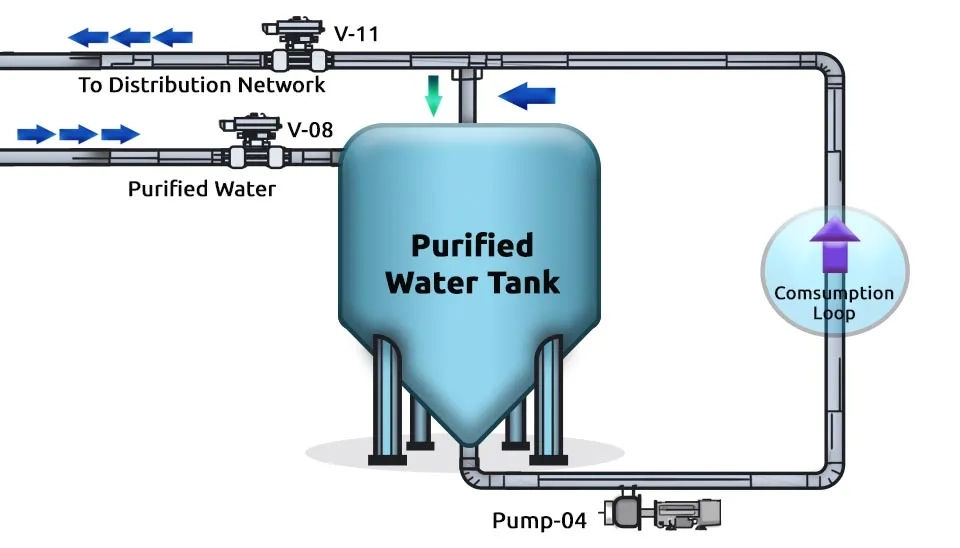
Conclusion
The conclusion of the advancements in water treatment systems encapsulates the summation of extensive analyses, empirical investigations, and critical assessments conducted on the treatment processes and their resultant outcomes. This crucial phase amalgamates the discerning observations and key findings derived from the meticulous inquiry. This article substantiates the efficacy of the employed water treatment system in heightening water quality, expunging impurities, and ensuring adherence to regulatory thresholds. It underscores the indispensability of the diverse treatment constituents, encompassing coagulation, flocculation, filtration, disinfection, pH adjustment, chemical treatment, sedimentation, membrane processes, and storage and distribution. Additionally, the conclusion acknowledges the inherent limitations and challenges encountered during the research, thereby yielding valuable insights for future inquiries and augmentations in the design and operation of water treatment systems.
